The ban on the sale of new petrol and diesel engined cars is looming large (we’re less than seven years away), but ICE cars with electrical assistance have a stay of execution until 2035 at least. While the Government's assertion that these models should be able to travel a ‘significant distance’ on battery power alone is a little vague, its proposed wording does include room for both traditional, or 'self-charging’, and plug-in machines.
Both of these types of hybrid feature an electric motor (sometimes more than one) and a decently sized drive battery that can propel the car without the aid of the ICE. However, how they arrange and use these energy sources and propulsion units can be very different, with some relying on the electric motor at low speeds, while others use the petrol engine (diesels are rare, with only Mercedes offering such a set-up) purely as a generator that keeps the battery topped-up so the electric motor can do its thing full time.
Depending on your use and needs each will have its benefits and limitations, with ‘normal’ hybrids usually feeling the most normal to drive and giving you little option on how it juggles its various motive forces. Plug-ins feature larger batteries that mean they’re heavier, pricier and need to be plugged in to charge like a pure EV, yet some can also travel more than 40 miles on electricity which means many commutes and daily chores can be completed without emitting anything from the tailpipe. And of course for business users they often offer some healthy benefit-in-kind tax relief.
What we won’t cover in this list are the increasingly prolific ‘mild’ hybrids, which essentially feature a powerful starter/generator that delivers a little extra accelerative urge but can’t carry the car on its own. However, we’re more flexible when it comes to the definition of hatchback, not least because expectations of what a traditional family car should be, with many wanting their wheels to exude just a hint of SUV swagger.
1. Volkswagen Golf eHybrid
Until recently the plug-in Skoda Octavia iV was our top pick, but high demand and supply chain challenges mean the Czech firm has temporarily withdrawn the car from sale. As a result, the responsibility for our top spot now falls on the evergreen shoulders of the VW Golf eHybrid. Why? Well, because under the skin, these two machines are largely identical, with both using the same excellent MQB-derived platform and a versatile 1.4-litre petrol and electric motor powertrain.
It’s been around for a while now, but while the 201bhp power output remains the same, tweaks here and there have boosted the claimed EV range to 43 miles. That figure will be a struggle to match in day-to-day use (35 miles is a more reasonable target), but it does drop the Golf’s benefit-in-kind burden to just 8%, which is good news for company car drivers. Even better is the fact that it’s well calibrated set-up, the transition between petrol and electric power is unobtrusive, helped by the slick twin-clutch transmission.

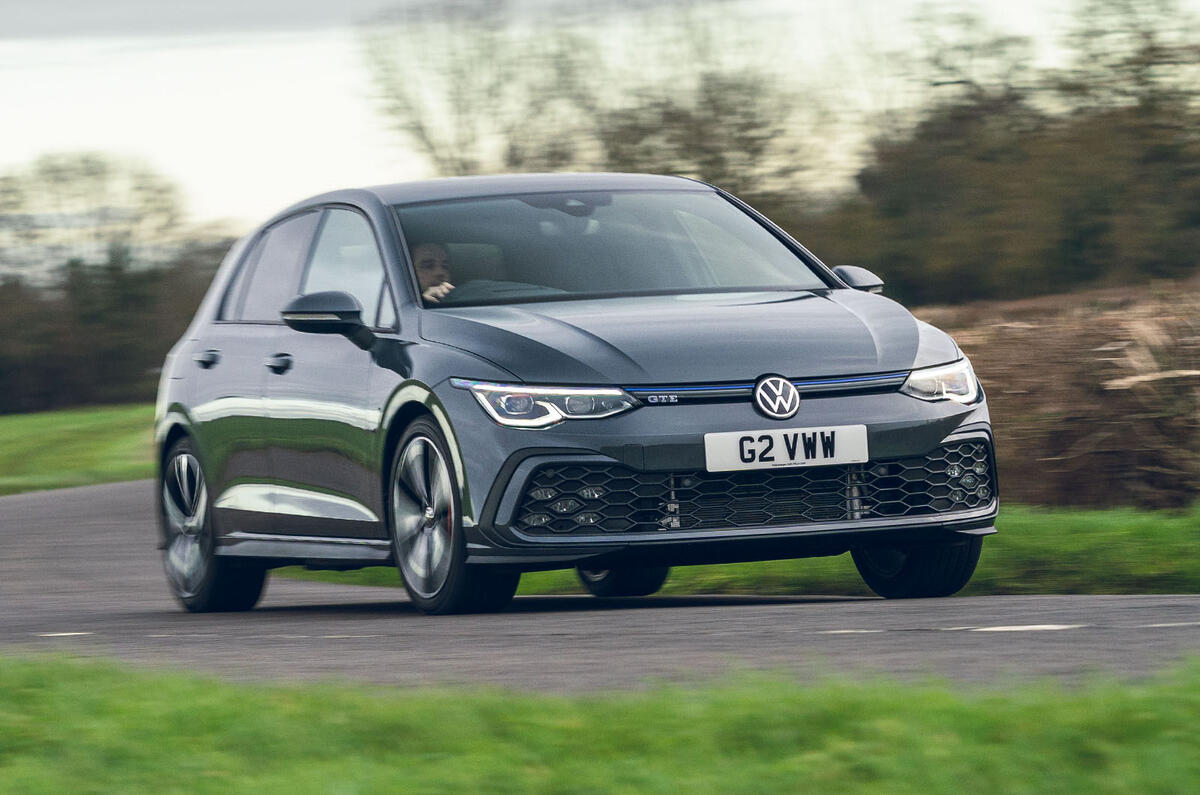
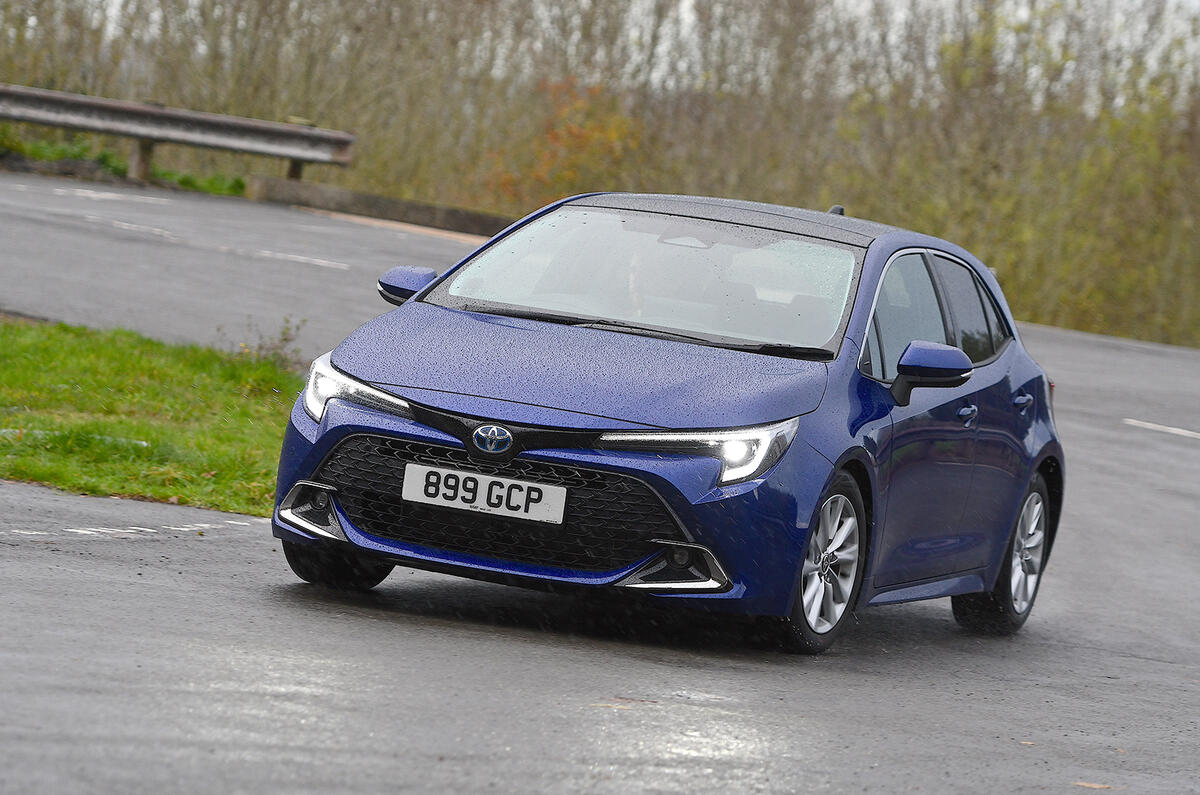
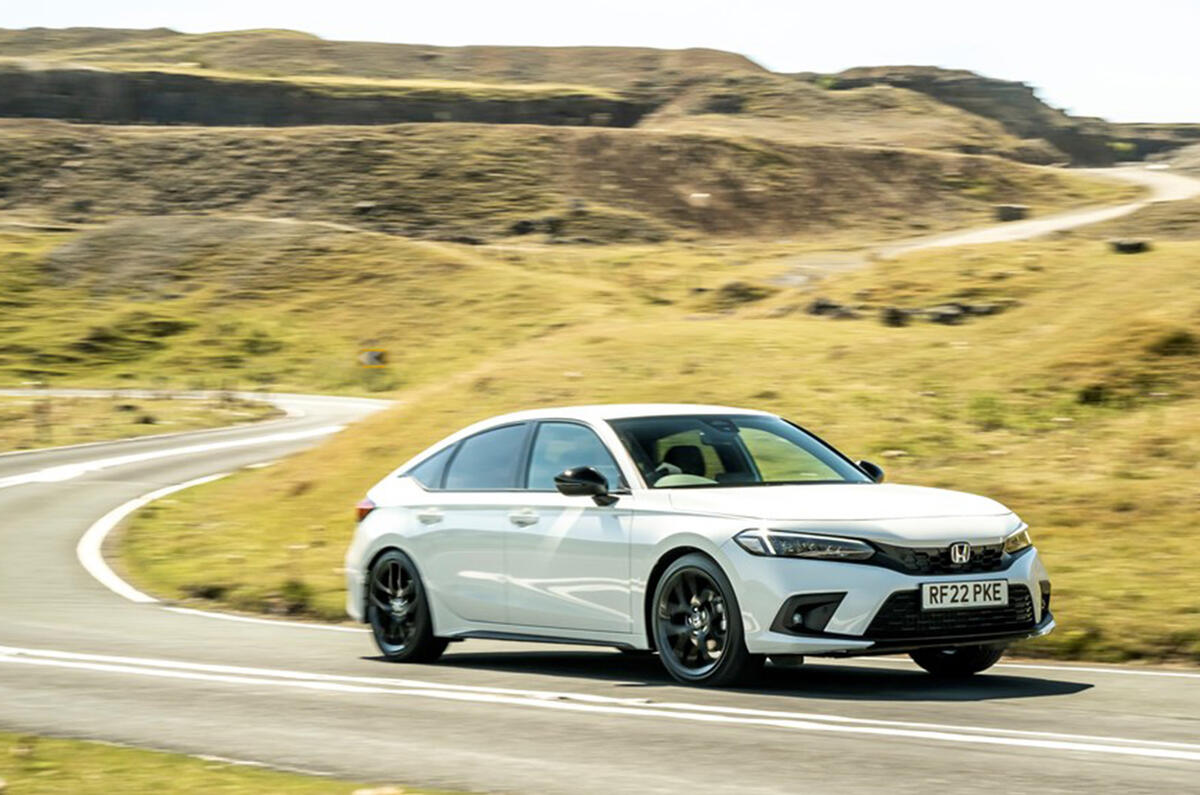




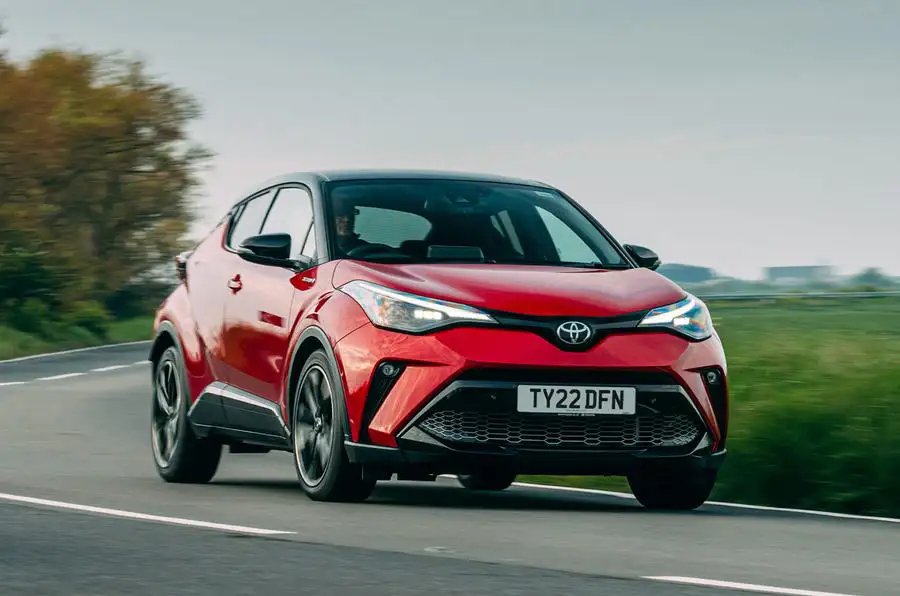


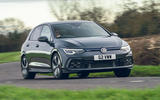
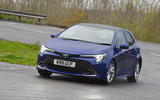
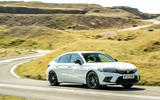
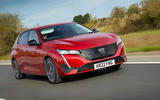
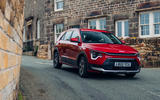



















Join the debate
Add your comment
It must be time to add the Honda Civic e-hev to this top 10 Hatchback Hybrid list considering all press reviews including Autocar have been very complimentary.